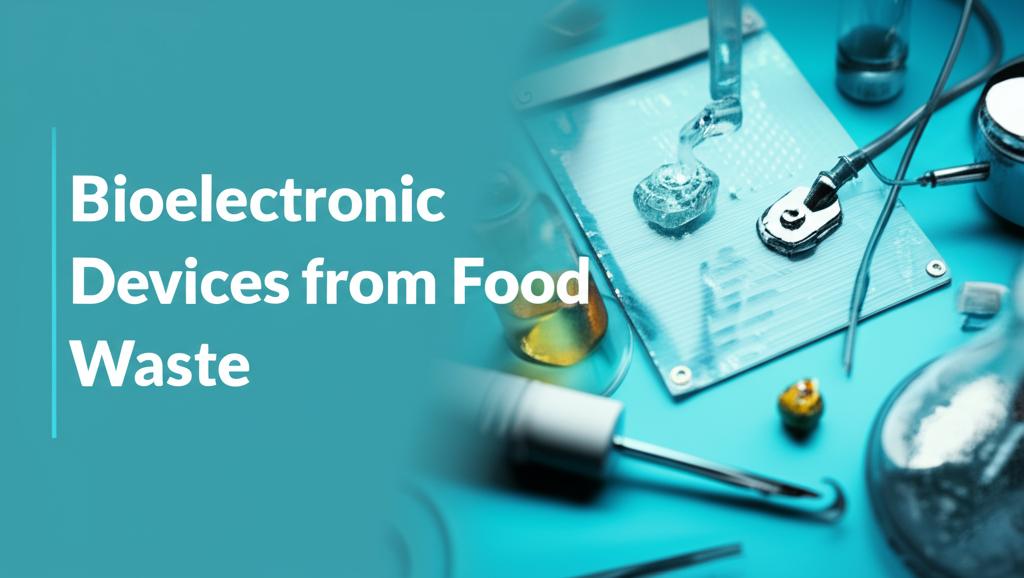The imperative to address the escalating global food waste crisis has catalyzed innovative research into the valorization of these organic byproducts, transforming them into valuable resources for various applications, including the burgeoning field of bioelectronics. This approach not only mitigates the environmental burden of food waste but also offers sustainable pathways for developing next-generation electronic devices.
Recent advancements highlight the potential of converting food waste components—such as proteins, polysaccharides, lipids, and polyphenols—into functional materials for bioelectronic applications. These biopolymeric nanobuilding blocks, once extracted and reassembled, can form the basis of advanced materials suitable for use in biosensors, energy harvesting devices, and even implantable medical electronics. The journey, however, is not without its challenges, including the heterogeneity of food waste, its perishable nature, and the need to balance its use with existing food chain valorization strategies.
One promising avenue is the development of microbial fuel cells (MFCs) that harness the bioelectricity generated from the anaerobic oxidation of organic matter present in food waste. Research in this area is exploring the efficiency of different types of food waste (fruit, meat, and vegetable) in generating electricity, with studies indicating that while the type of food waste might influence the time taken to reach peak voltage, it may not be a key factor in the overall bioelectricity production. This technology holds potential for self-powered biosensors and waste degradation systems.
Furthermore, the integration of biosensing technologies with food waste processing is gaining traction. Biosensors are being developed to monitor various aspects of food production, safety, and waste management. Nanomaterials and microfluidics are playing a crucial role in creating rapid, portable, and low-cost analytical instruments for detecting contaminants, monitoring food quality, and even assessing the bioelectric potential of waste streams.
The concept of a circular bioeconomy is central to these efforts, emphasizing waste-to-wealth conversion through integrated biorefinery strategies. This involves not only extracting valuable compounds for bioelectronics but also producing biofuels, bioplastics, and other bio-based products, thereby maximizing resource utilization and minimizing environmental impact.
Artificial intelligence (AI) is also emerging as a significant enabler in this field. AI-driven analytics can optimize waste tracking, improve the efficiency of valorization processes, and aid in the design of novel bioelectronic devices. Predictive analytics and real-time monitoring, facilitated by AI and the Internet of Things (IoT), are streamlining workflows and reducing the environmental footprint of both food production and waste conversion.
Looking ahead, the field of bioelectronic devices from food waste is poised for further growth, driven by the dual needs of sustainable waste management and the demand for advanced, eco-friendly electronics. Continued research into novel materials, fabrication techniques, and integrated systems, coupled with supportive policies and increased public awareness, will be crucial in realizing the full potential of this innovative approach. The development of biodegradable electronic components and a focus on closed-loop systems that continuously adjust based on real-time feedback are among the exciting future directions.

